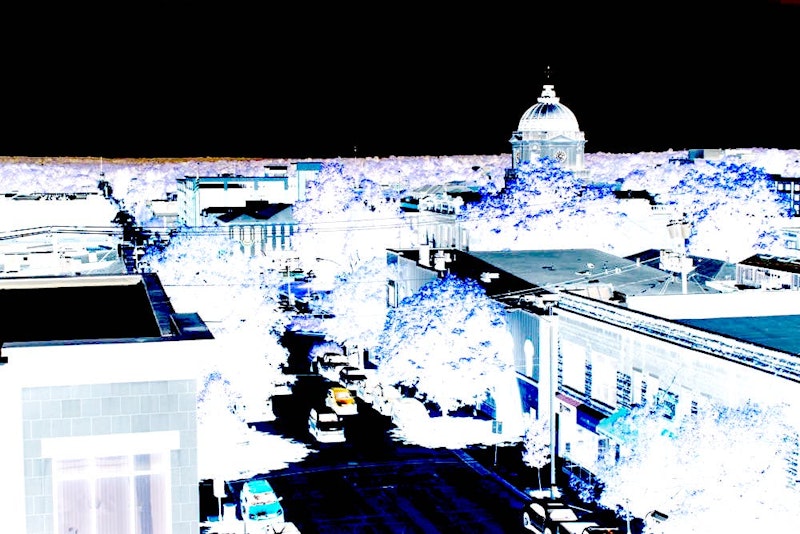Back in college we used to take my car down to Utah, Colorado, or even as far as California like it was nothing. Ten hours from Bozeman could get you to any of the biggest parks in Utah, with a scenic drive through the west ends of Yellowstone via the Gallatin Gateway until you linked up with the 15 somewhere near the Tetons in Idaho. There were icy weekends where we’d head for the more desert parts of the West, although they weren’t too warm that time of year either. My preferred route was to cut east through the mountains at Salt Lake City, passing through Arches and Moab, grabbing a motel but definitely not lingering around that overcrowded tourist magnet. From there you can bend around the southern tips of the state and into the Navajo Nation to make the same pilgrimage every other Ford-obsessive has into Monument Valley where you can be covered with beautiful, sandy red clay along its dirt trails that hangs in little piles on your back wipers until the next time it rains.
Only a few hours to Zion from there, an aberration rising out of the Martian landscape that has Gatorade-blue water running through its stark canyons. There’s a cheap place that’ll let you park your car overnight and give you shower tokens, just down the road from a spot in Springdale that makes pretty good pies out of some local berry I don’t remember. A couple of times, we made the full 16 hours of the 15 in one stint, swapping drivers and cigarettes at every gas station on our way to LA, three people working in shifts, although somehow this netted two people doing the driving and one sleeping the entire way. It’s altogether different on the road out East.
Last week was some of the longest driving I’ve done since I left the West four years ago. Usually I’ve gone city-to-city, one hop along 95’s megalopolis to another, or maybe a quick but journey down to Harper’s Ferry here and there. Bar a run through Roanoke to Nashville late-summer in 2019 and cross-country odyssey reliving my glory days of the road two years later, I’ve been mostly stationary. It’s a new way of living, as was part of my intention switching from (what’s called there) a small city into an East Coast Metropolitan Area, pushing myself to see how much an environment could change a mindset. What I couldn’t have known was how much latent static electricity those subsequent years would build up, and that getting back on the highways would feel like a horse remembering they’re a horse when they’re let out of the stable and start prancing again.
The furthest west I made it was to a sort-of Grand Canyon of the Midwest. By that I mean it’s an international icon, one seen in countless photographs yet it’s true, overwhelming scale can only be felt in person. The Indianapolis Motor Speedway has 257,327 permanent seats, but every Memorial Day weekend it can host 400,000 spectators around its four turns and 2.5 miles of tarmac paved over 100-something year-old bricks. It’s a temple rising out of the corn fields. In fact, what first drove me to Indiana was on that last trip over the whole US where, on our way to Bloomington, a friend and I decided to circumnavigate Ohio, cutting through the mountains of West Virginia and rolling hills of Kentucky’s Bourbon Trail onto the two-lanes on the other side of the Ohio River.
Every Hoosier town that we passed through was increasingly sad (and unknown to us at the time, largely sundown), but their straight streets and invariably square town squares led limestone lives that I never would’ve expected out of rural backstreets. Bloomington itself, too, was anomalous, with its neoclassical and postmodern stonework making marvels in the middle of nowhere. People often talk about the massive clouds running over endless horizons in that part of the country, its flatness deceiving its scale. Like a moonscape, it’s impossible to really tell how far apart anything is without a reference. It’s a part of the reason why I think Montana is called the “Big Sky” state—and it really is bigger out there—because the rocky peaks give way to endless valleys and the real expanse of everything is apparent. Maybe that is why Indiana is dotted with towers, to help everyone see how big the world is out there.

